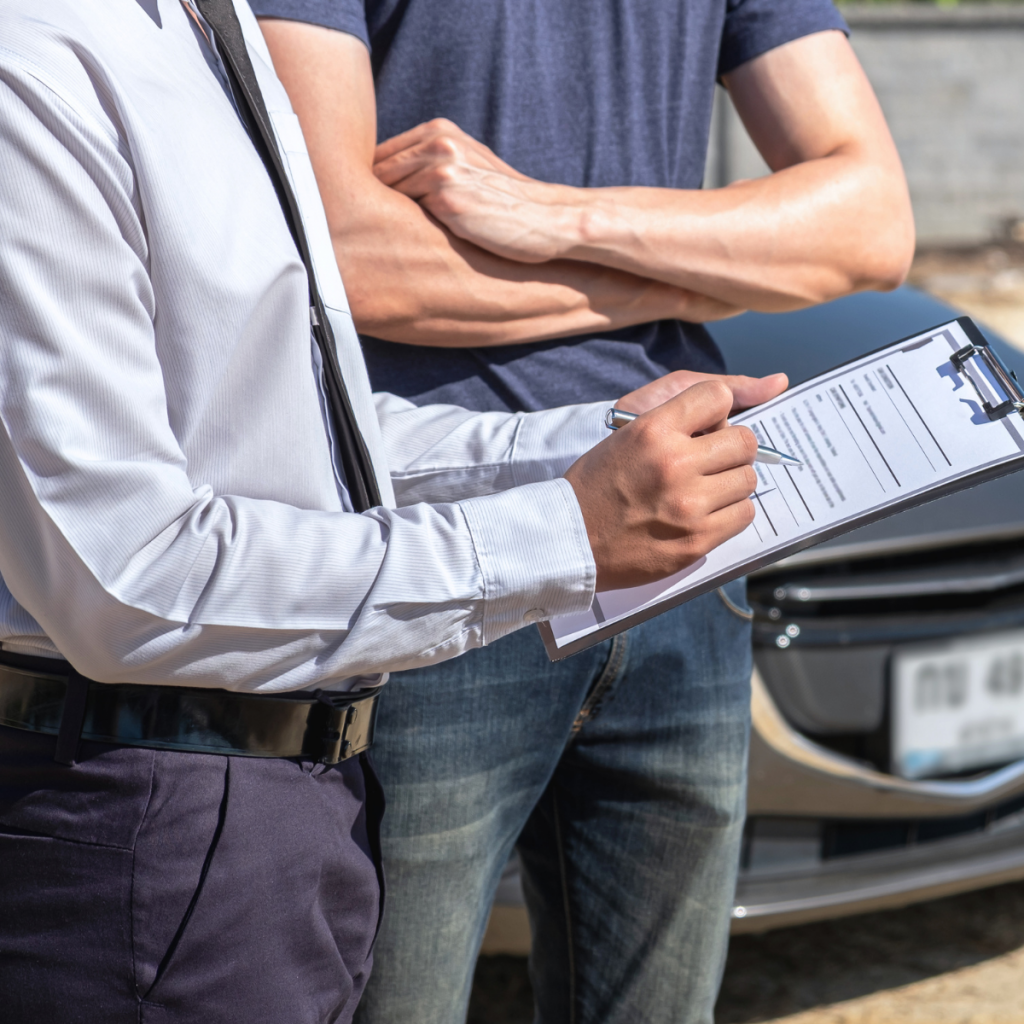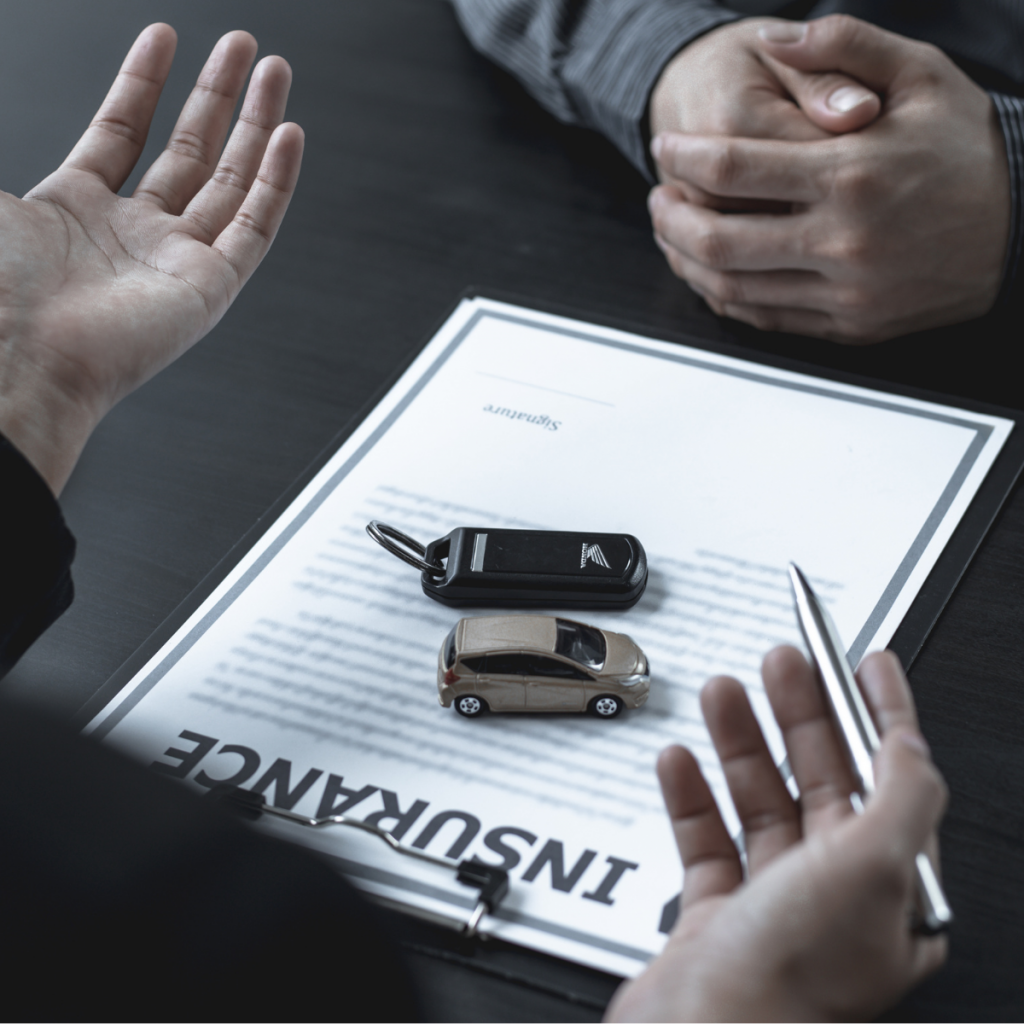Getting into a car accident can be a stressful experience, and knowing what to do afterward is essential to ensure you receive the compensation you’re entitled to under your auto insurance policy. Whether it’s a minor fender bender or a more serious collision, filing an auto insurance claim properly will help protect you financially and get your car repaired as quickly as possible. In this blog, we’ll walk you through the essential steps to file an auto insurance claim after an accident, along with some valuable tips to streamline the process.
Understanding the Importance of Filing an Auto Insurance Claim
When you’re involved in a car accident, filing an auto insurance claim allows you to get financial support for the damages to your vehicle, medical expenses, and other costs related to the accident. The type of coverage you have will determine what expenses your insurance policy covers, such as repair costs, medical bills, or lost wages.

However, many people are unsure of how to file a claim correctly or what information is needed. Filing an insurance claim incorrectly or not understanding the process can delay the settlement, leading to additional financial strain.
In this guide, we’ll explore the key steps involved in filing an auto insurance claim and provide insights into how you can make the process more efficient.
Step 1: Ensure Safety and Call Emergency Services
Your immediate priority should always be safety. If you’re involved in an accident, first make sure that you and anyone else involved are safe. Move to a safe location if possible and avoid causing further danger on the road. Then, assess the situation to determine if medical assistance is needed.
Here’s what you should do immediately after an accident:
- Check for injuries: If anyone is injured, call 911 immediately.
- Move vehicles (if safe): If the vehicles are drivable and it’s safe to do so, move them out of the flow of traffic to avoid causing more accidents.
- Call the police: In many states, you are required to report accidents to law enforcement, especially if there are injuries or significant property damage.
Having a police report can be crucial when filing a claim, as it serves as an official record of the accident. Police reports often contain important details like the date, time, location, and fault of the accident, which can help your insurance adjuster evaluate the claim.
Step 2: Gather Information at the Scene of the Accident
Once you’re safe and emergency services are involved, gather as much information as possible. This step is crucial for filing an accurate insurance claim. Here’s a list of information you should collect:
- Driver and Passenger Information: Obtain the names, addresses, phone numbers, and driver’s license numbers of the other driver(s) involved in the accident.
- Insurance Details: Collect the other driver’s insurance company name, policy number, and contact details.
- Vehicle Information: Take note of the make, model, color, and license plate number of all vehicles involved in the accident.
- Witness Information: If there are any witnesses to the accident, ask for their contact details.
- Photos and Evidence: Use your phone or a camera to take photos of the scene, including the damage to all vehicles involved, any visible injuries, and the overall scene (road conditions, traffic signs, etc.).
The more information you have at the scene, the easier it will be for your insurance adjuster to process the claim quickly and accurately. If you’re unsure about what to gather, your insurance company can provide guidance.
Step 3: Contact Your Insurance Company
As soon as possible after the accident, contact your insurance company to report the incident and begin the claim process. Most insurance companies have a 24/7 claims hotline, so it’s important to call immediately to avoid missing any deadlines.
When you call, make sure to have all the information you gathered at the scene ready to share. This includes:
- Your policy number
- The details of the accident (date, time, and location)
- The names and contact information of everyone involved
- A description of the damage to your car and any injuries sustained
Some insurance companies even allow you to file claims online or through mobile apps, making the process faster and more convenient. Make sure you follow the instructions provided by your insurance company, and if you’re unsure about any step, ask for clarification.

Step 4: File the Claim and Provide Documentation
Your insurance company will require specific documentation to process your claim. This may include:
- Accident report: If the police were involved, a copy of the police report will be needed.
- Damage assessment: Your insurance adjuster may send an appraiser to inspect the damage to your vehicle.
- Medical bills: If you or anyone in your vehicle was injured, your insurance company will need copies of medical bills and treatment records.
- Photos: Any photos you took at the accident scene or of the vehicle damage should be submitted.
If you’re filing a claim for medical expenses or lost wages due to the accident, make sure you have documentation from your healthcare provider or employer to support these claims.
Step 5: Work with an Insurance Adjuster
Once your claim is filed, your insurance company will assign an adjuster to review the details of your case. The adjuster’s job is to evaluate the damage, determine fault (if applicable), and assess the total cost of the claim. They may:
- Inspect the vehicle
- Review photos and documents
- Interview witnesses or the other driver(s)
- Determine whether the accident was covered under your policy
The adjuster will then provide an estimate for repairs or compensation. It’s important to review this estimate carefully and ask questions if any part of the process is unclear. If you’re not satisfied with the adjuster’s evaluation, you can negotiate the settlement or request a second opinion.
Step 6: Repair Your Vehicle and Settle the Claim
After the adjuster has evaluated your vehicle’s damage, you can begin repairs. In many cases, your insurance company will work directly with the repair shop, so you don’t have to pay upfront and wait for reimbursement. However, if you choose to repair the car yourself, you may need to submit invoices and receipts to your insurer for reimbursement.
Once the repairs are completed, or if you’re filing a claim for medical or other damages, your insurance company will issue a settlement based on the terms of your policy. If there’s a deductible associated with your claim, you will need to pay that amount out of pocket before your insurance kicks in.
Step 7: Follow Up and Monitor Your Claim
After your claim has been settled, it’s important to keep track of any follow-up actions. You may need to:
- Check in with the repair shop to ensure work is completed.
- Ensure medical bills are paid and covered under your policy.
- Verify that the claim amount was processed accurately.
If any issues arise or the claim is delayed, follow up with your insurance company and keep records of all communications.
Tips for a Smooth Auto Insurance Claim Process
To ensure the claims process is as smooth as possible, consider these helpful tips:
- Know your policy: Familiarize yourself with your coverage limits, deductibles, and exclusions before an accident occurs. This will help you understand what is covered and avoid surprises.
- Keep thorough records: Document all communication with your insurance company and keep a copy of all paperwork related to the accident and claim.
- Be patient: The insurance claims process can take time, especially if the accident involves multiple parties or complex damage. Stay patient and follow up as needed.
- Be honest and accurate: Always provide truthful and accurate information when filing your claim. Falsifying details could lead to your claim being denied or your policy being canceled.

Conclusion
Filing an auto insurance claim after an accident can be a stressful experience, but knowing the steps to take and being well-prepared can make the process much easier. By ensuring safety, gathering detailed information, reporting the incident promptly, and working closely with your insurance company, you can streamline the claims process and ensure you receive the coverage you’re entitled to. Remember to stay patient, keep detailed records, and don’t hesitate to ask questions if you need clarification on any part of the process. With these steps in mind, you’ll be better equipped to handle the aftermath of an accident and get back on the road as quickly as possible.

Leave a Reply